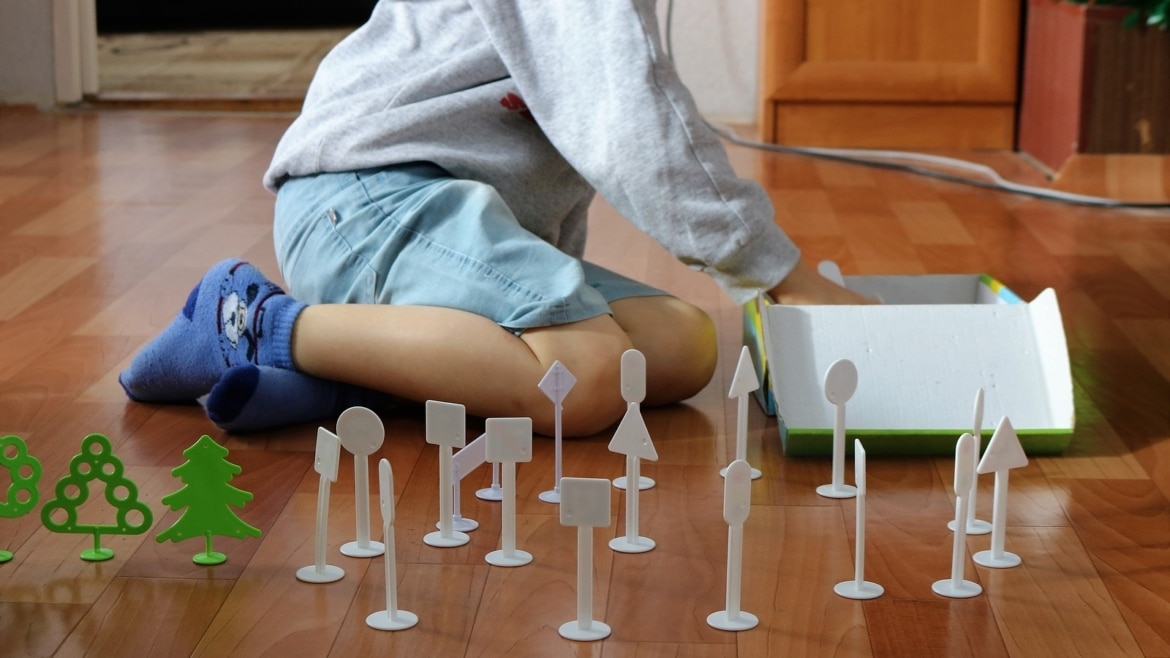Every child on the autism spectrum is unique. Some find it hard to make eye contact, some speak later than expected, while others feel comfort in routines or repeat actions. These differences can make it hard for families to find answers or understand what their child truly needs. A new study in Nature Genetics offers hope by identifying four main subtypes of autism spectrum disorder (ASD). This knowledge can lead to better diagnoses and more thoughtful care that respects each child’s individuality.
The Four Subtypes
1) Social and behavioral challenges
Children in this group often struggle most with social communication. They may have strong repetitive behaviors, trouble focusing, or higher levels of anxiety. Yet, they usually meet early milestones like walking and talking on time. Understanding and patience go a long way here. When given consistent routines, gentle guidance, and emotional support, these children can learn and connect in their own special way.
2) Mixed ASD with developmental delay
Children in this group often reach milestones later—talking, walking, or other skills may come slowly. However, they tend to have fewer behavior outbursts or signs of anxiety. “Mixed” simply means their challenges vary: some show stronger repetitive behaviors, others have more social struggles. With kindness, early therapies, and steady encouragement, they can grow at their own pace without pressure.
3) Moderate challenges
This group experiences the signs of autism, but not as strongly as the others. Many children here learn to talk or walk around the same time as children without autism. They also tend to have fewer mental health challenges. With supportive teachers, understanding families, and a calm environment, these children often find their footing and learn to thrive.
4) Broadly affected
This is the smallest group but also the most deeply impacted. These children face more severe difficulties with communication, repetitive actions, and developmental delays. Feelings like anxiety or sadness are more common. Families supporting these children often need a blend of therapies, community resources, and emotional care. No family should feel alone having the right guidance and support can make the journey lighter.
Why This Discovery Matters
The study found that children in each subtype shared more similarities within their group than with those in other groups. This insight is powerful. It means that support can be better tailored to each child’s needs, and families can have a clearer idea of what to expect. Linking these subtypes to genetics and biology also gives professionals better tools for personalized care.
Autism Rates Are Rising
In the U.S., about 1 in 31 eight-year-olds are now diagnosed with autism up from 1 in 150 in 2000. This rise is due largely to better awareness and improved diagnostic tools. While the numbers are growing, more families are getting the help they deserve earlier, which brings real hope.
Looking Forward with Hope
These four subtypes are only a starting point. More patterns may be discovered, and each one can bring families closer to understanding their child’s unique strengths and needs. Knowing a child’s subtype is not about labeling—it’s about opening doors to the right support, compassion, and care. With knowledge and kindness, the path ahead becomes brighter for children and families living with autism.
We’re Here to Support You in Las Vegas
At Nevada Autism, we know how overwhelming it can feel to navigate autism—especially when every child’s journey is so different. Whether your family needs guidance on therapies, educational resources, or just a compassionate ear, we’re here to walk alongside you. If you or someone you know is seeking support, don’t hesitate to reach out.
Together, we can create a caring environment where every child is understood, supported, and given the chance to thrive.




